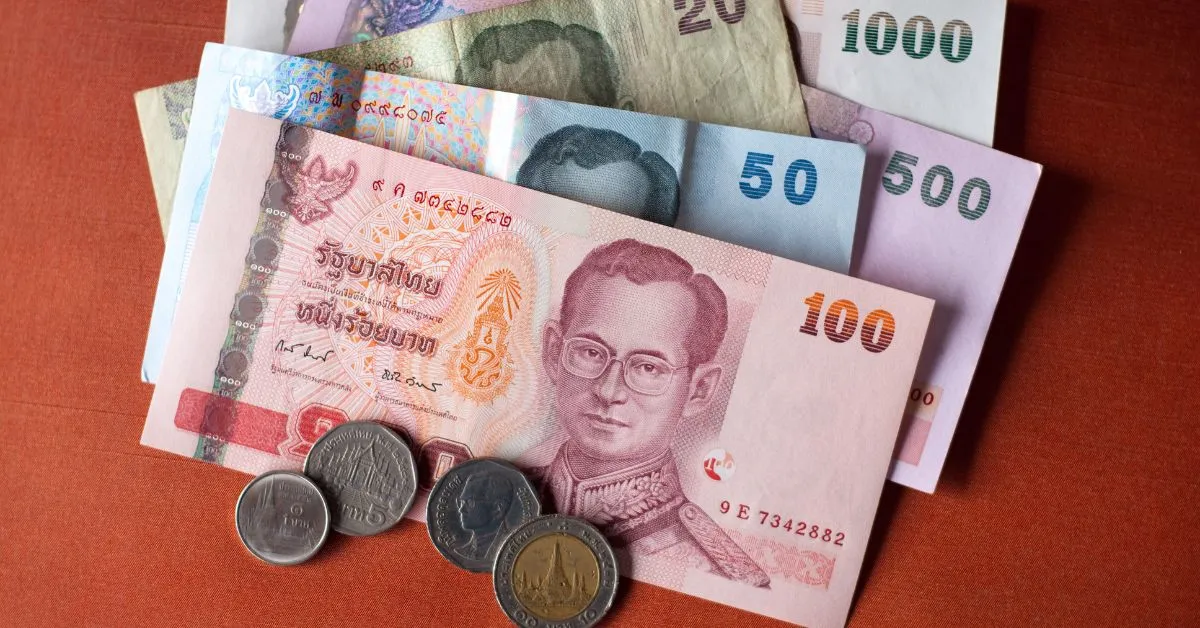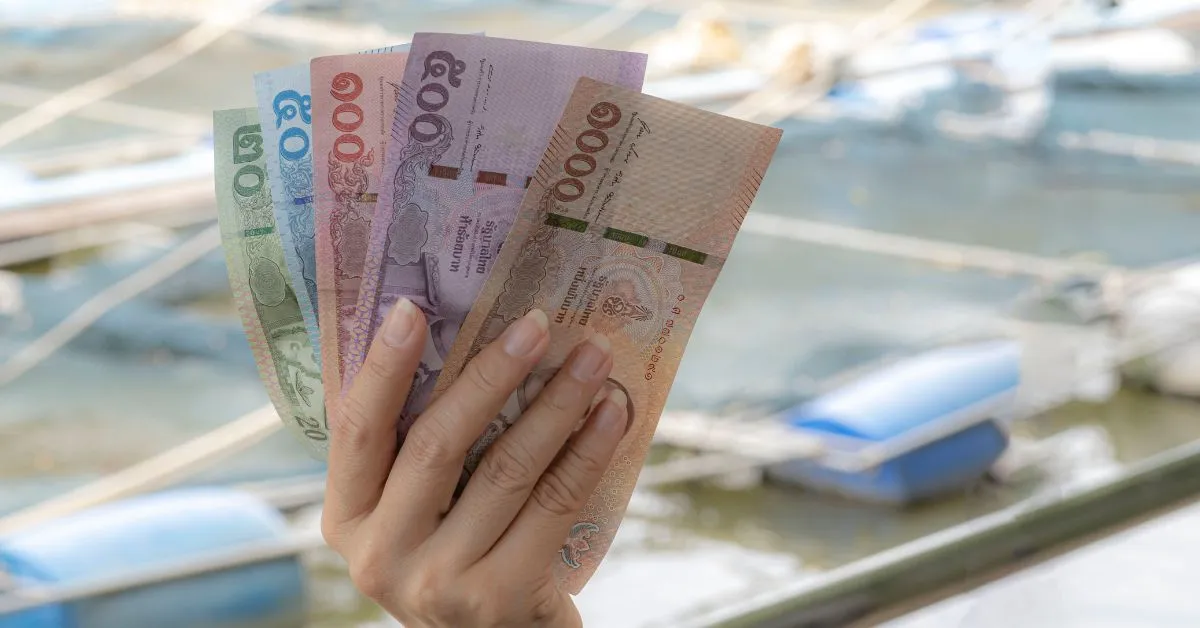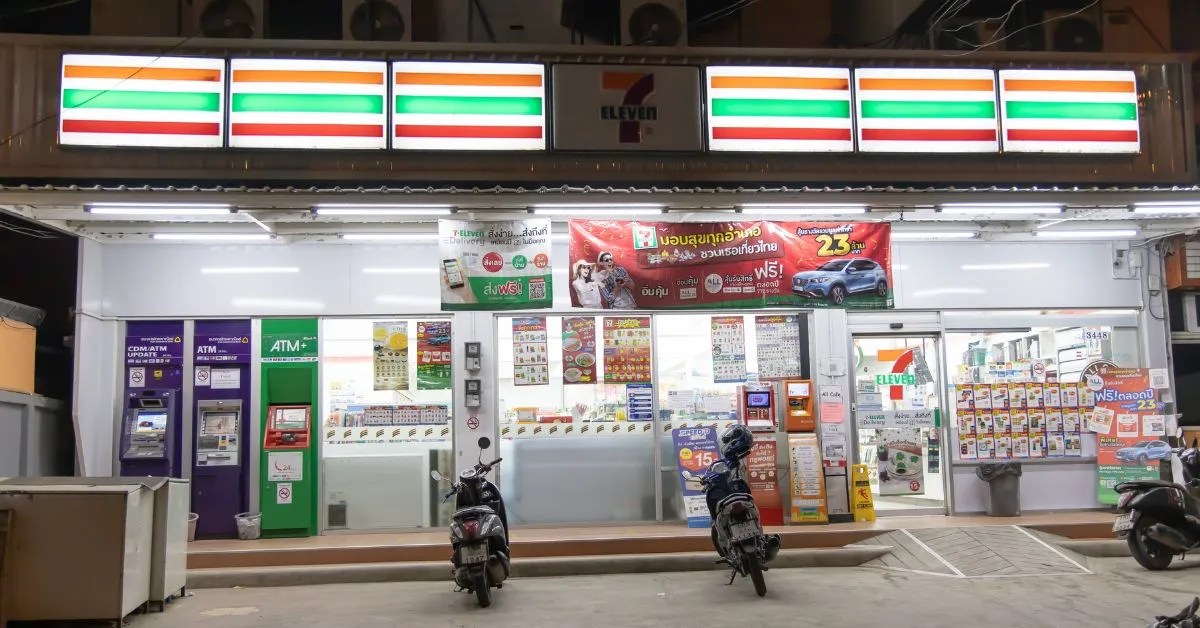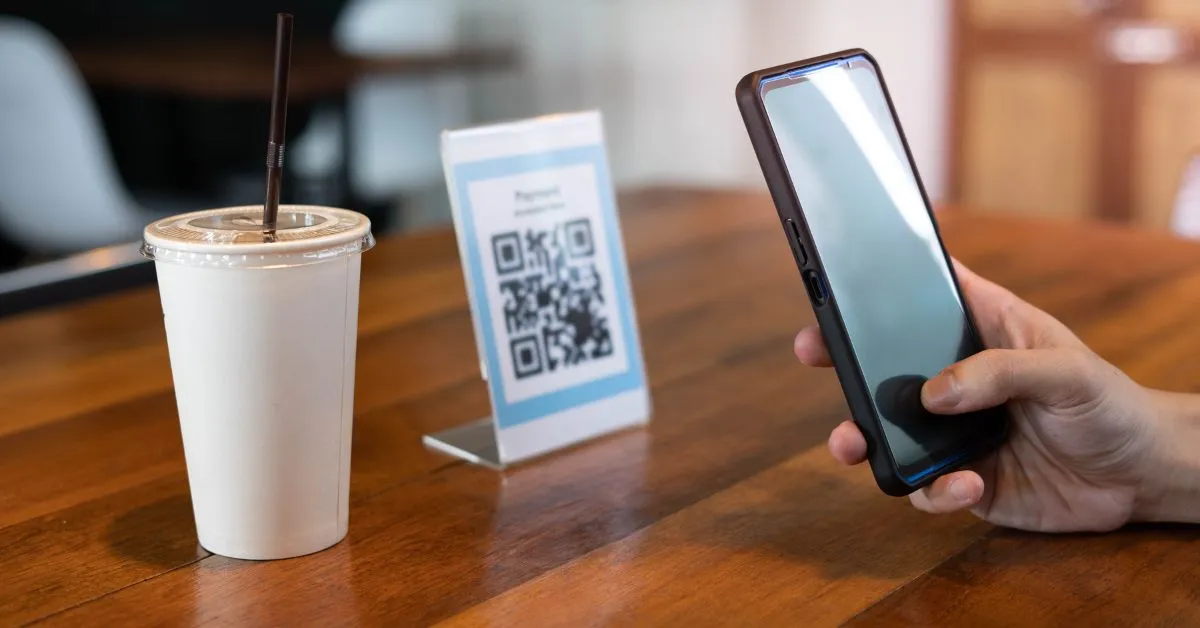If you’re planning to travel to Thailand, there’s one thing you should prepare for – money!
In this guide, we’ll explore all the topics related to money in Thailand.
We’ll talk about the currency, withdrawals and ATMs, Thai bank accounts, money transfers in Thailand, and some travel tips related to money.
Without further ado, let’s have a look at the Thai currency.
Thai Baht
The official currency in Thailand is the Thai Baht (THB).
You’ll find banknotes and coins.
1 Thai Bath is divided into 100 Satang.
Banknotes:
- 20 (green)
- 50 (blue)
- 100 (red)
- 500 (purple)
- 1,000 (gold/beige)
Coins:
- 1
- 2
- 5
- 10
- 25 Satang (I haven’t seen those)
- 50 Satang (I haven’t seen those)
As the currency exchange can fluctuate quickly, we recommend you keep a look at the latest rates before your trip and during your trip.
I usually take a screenshot of the latest rates the day before the trip so that I can have a quick look to get familiar with the conversion when I buy something or withdraw money.
Best Way To Get Cash In Thailand
The best way to get Thai Baht is to withdraw money in an ATM or exchange money before your trip/on arrival).
I personally use ATMs to withdraw cash in Thailand as I’m not a big fan of exchanging money abroad, but some people prefer this, so we’ll make sure to cover each topic in this guide.
Withdrawing Cash In Thailand
You can easily find ATMs in Thailand, especially in bigger cities and tourist hotspots.
You’ll find them at banks, malls, supermarkets, airports and other places like Seven-Eleven.
Most ATMs accept debit/credit cards from all over the world. You should be able to withdraw Thai Baht with no problem.
I personally use Revolut in Thailand to withdraw money.
However, Thailand has a transaction fee for each withdrawal you make. Usually, it costs THB 220, but the price can vary depending on the ATM.
To give you an idea, this transaction fee is around EUR 6 or USD 6.50.
That said, it’s better to withdraw larger sums of money, so you don’t need to pay this fee every time you get cash.
Most ATMs in Thailand allow you to withdraw up to THB 20,000 at a time, but sometimes, you’ll find some allowing you to get THB 30,000.
If you think this is too much money to withdraw at once, you can either store some of it somewhere in your accommodation or agree to pay fees every time you need more money.
How To Withdraw Money In Thailand
Follow the steps below to withdraw cash in Thailand:
- Find an ATM
- Insert your card
- Select your language
- Click on the option to make a withdrawal
- If you’re given an option for the exchange rate, select the option “Without Conversion”, as you’ll get a better exchange rate this way
- Accept the transaction fees (should be around THB 220)
- Take your money (The ATM will give you the money first)
- Take your card (The ATM will give you the card after the money)
I personally use my Revolut card to withdraw money in Thailand.
Revolut is a great option for travelers as you can freeze and unfreeze your card. There are other advantages for travelers too.
Learn more by reading our Revolut review.
Exchanging Money In Thailand
Another way to get money in Thailand is by exchanging currencies. You can find exchange offices in airports, major cities, or banks.
While some people prefer the convenience of changing money before their trip, it’s better to exchange money in Thailand.
The exchange rates you find in Thailand are usually better.
Now, you may be wondering which currency to take to Thailand. Think of the main currencies such as USD, EUR, AUD, CAD, etc.
However, in Thailand, you’ll only be able to use Thai Bath (THB).
Make sure to count your money yourself too, and check Google Map reviews if in doubt.
For example, in Bali, there are lots of scammers who can trick you and give you the wrong amount of cash.
Overall, in Thailand, you can exchange money confidently, but it’s always better to be safe than sorry.
Payments In Thailand
Cash in Thailand is handy, and you should always have some in your pocket.
That said, payments with debit/credit cards are becoming more popular.
Let’s take a look at the primary payment methods in Thailand.
Cash
In most cases, you’ll have to pay with cash.
So, make sure to always have some Thai Baht with you.
If you’re out of cash, you should be able to find ATMs easily, so you can always go withdraw money if needed.
Now, it’s also important to know that some shops won’t accept THB 1000 banknotes if you’re purchasing something for THB 40. It’s helpful to get change when you can.
For example, buy something cheap at Seven-Eleven to get some change.
Debit/Credit Cards
Although there are still places where you can’t pay with cards, you’ll find that some restaurants and stores accept it.
For example, modern restaurants, supermarkets, and malls accept payments by card.
When I pay with a card, I usually use my Revolut card.
In some shops, you can use the contactless method, but in most places, you’ll need to enter your PIN code.
Nowadays, most shops and restaurants use a terminal that changes the locations of the numbers on each round so that nobody can spy on your PIN code.
QR Code
Finally, if you have a Thai bank account, you can scan the QR code in the shop/restaurant to pay.
This payment method has become very popular amongst Thai people and expats, as you don’t need to carry cash at all times.
Make sure to have access to mobile data to pay via QR code. It can be with a Thailand SIM card or a global eSIM.
Tipping In Thailand
Tipping isn’t necessary in Thailand. However, I always tip. Of course, it’s up to you if you want to leave a tip or not.
As there is no tipping culture in Thailand, you can round it up or leave what you want.
Some restaurants in Thailand add a service charge to the bill, usually around 10-15%. So if that’s the case, you don’t need to leave a tip.
Regarding transportation, if you use a Grab or a taxi, you can also round it up.
Finally, you can also tip when you get a massage or go to the hairdresser. While it’s not mandatory, it’s always appreciated.
Thailand Travel Money Tips
The best way to get Thai Baht is to use an ATM to get cash or exchange currencies in Thailand.
The best way to travel with money in Thailand is by using a travel card, like Revolut. This way, you can pay by card when you can or withdraw money easily.
Having a Thai SIM card to access the Internet in Thailand can be handy if you want to see the currency exchange rates or find an ATM nearby.
When withdrawing larger sums like THB 20,000, we recommend the following:
- Put your money somewhere safe (wallet or money belt). You can hide some money in different compartments of your wallet if possible. I usually use one hidden pocket for a larger stack of money and put THB 2,000 in the main section. This way, when I open my wallet, nobody sees a stack of THB 1,000 banknotes.
- If you’re driving a scooter in Thailand, put your wallet or money inside the seat.
- Once you arrive at your accommodation, find a safe spot for your money. You don’t need to carry all your money at all times (unless you want to). If you stay in a hostel, make sure to keep your money hidden and locked in a locker. If you stay in a hotel, you can also hide and lock your money or simply put the “don’t disturb sign” on the door. As a result, you’ll get no cleaning and no strangers in your room.
How Much Money To Bring To Thailand
It all depends on your travel style and budget. I always get money on arrival, so I don’t really “bring money to Thailand”.
Although, if you wish to have money on arrival, you can exchange money before your trip.
Here are some pointers to keep in mind to figure out the right amount of money to bring to Thailand:
- How long is your trip?
- Is your accommodation paid for, or will you need to pay on arrival?
- Are your tours and activities paid for, or will you need to pay on arrival?
- How are you planning on getting around Thailand?
- What’s your budget for Thailand?
Once you know the answers to these questions, you should be able to have a rough idea of how much money is needed in Thailand.
Alternatively, you can withdraw cash on arrival instead of bringing money with you. ATMs in Thailand are available in airports, shopping centers, and most cities. So, you’ll be able to get cash easily.
Opening A Bank Account In Thailand
If you plan to stay in Thailand for a while, consider opening a bank account. It will make your life easier and allow you to pay with the QR code.
You can open a bank account in Thailand with almost any bank. Some banks are recommended for foreigners (Bangkok Bank is a good example).
It’s also important to note that opening a bank account in Thailand requires some paperwork.
For example, you’ll need to show the following documents:
- Passport
- Residence certificate (if you’re based in Chiang Mai, read our guide to getting the Chiang Mai Residence Certificate)
- Rental agreement
Thailand Money Transfers
The best way to transfer money to Thailand is with Wise.
I’ve used Wise several times to send money to a Thai bank account, and it works fine.
It usually takes a few days, so make sure to send money ahead of time if required.
Alternatively, you could also use Revolut to transfer money to Thailand.
That said, it’s worth comparing your options to find the best currency exchange rate and transfer fees.
Let’s see why you may need to transfer money to Thailand:
- Paying rent to the landlord
- Buying a property in Thailand
- Making a payment for a visa (for example, the Elite visa)
- Payment of utility bills
Final Thoughts On Money In Thailand
And that’s all you need to know about money in Thailand!
Having a travel card from Revolut is the best way to manage your money.
It’s easy to top up, gives you an excellent exchange rate, and you can use it to pay for things in Thailand.
As you can see, having cash is still a must in Thailand. Just make sure to be smart about it and pay attention to where you put your money.
Traveling to Thailand soon? Read one of the following guides:








